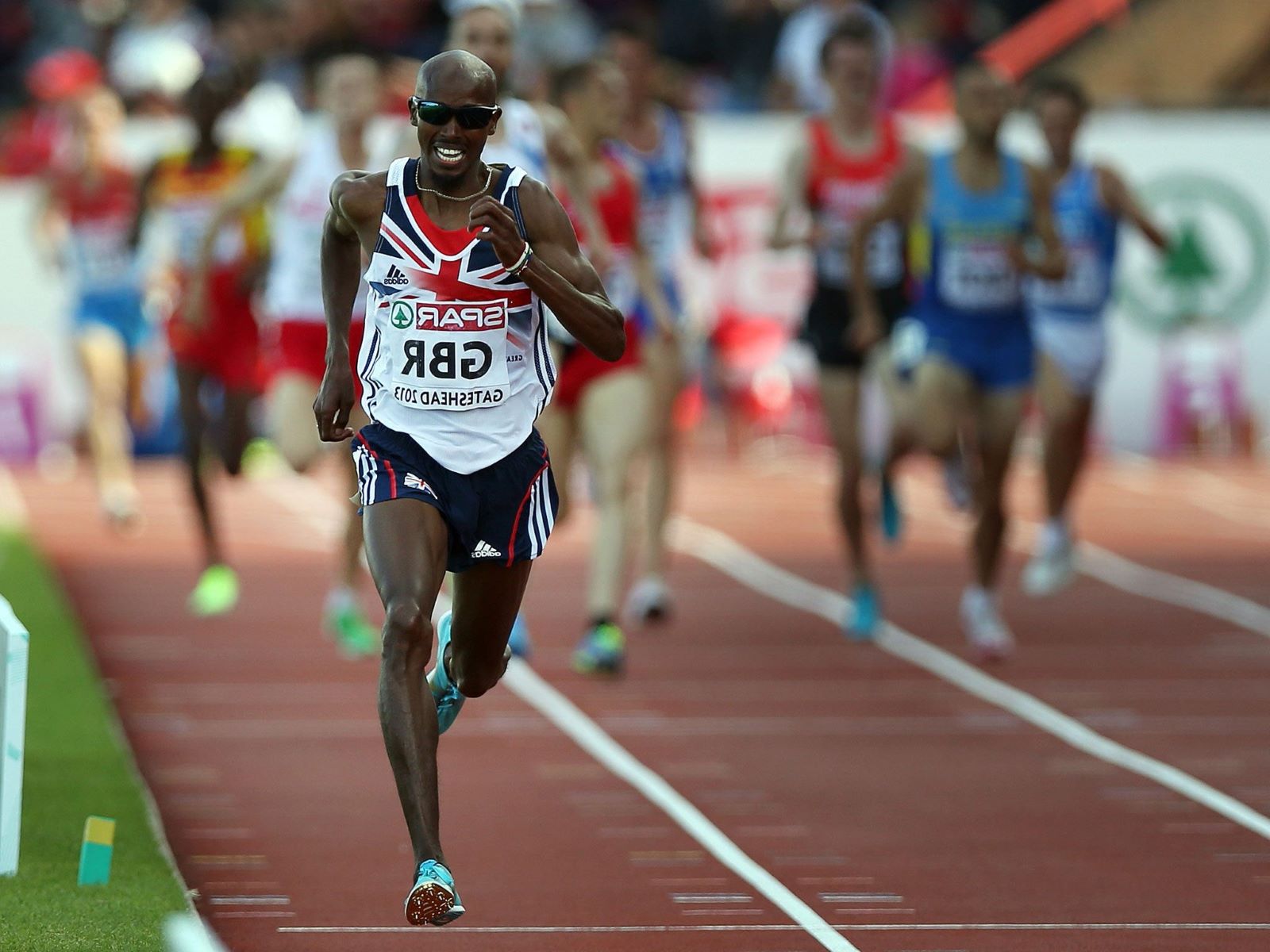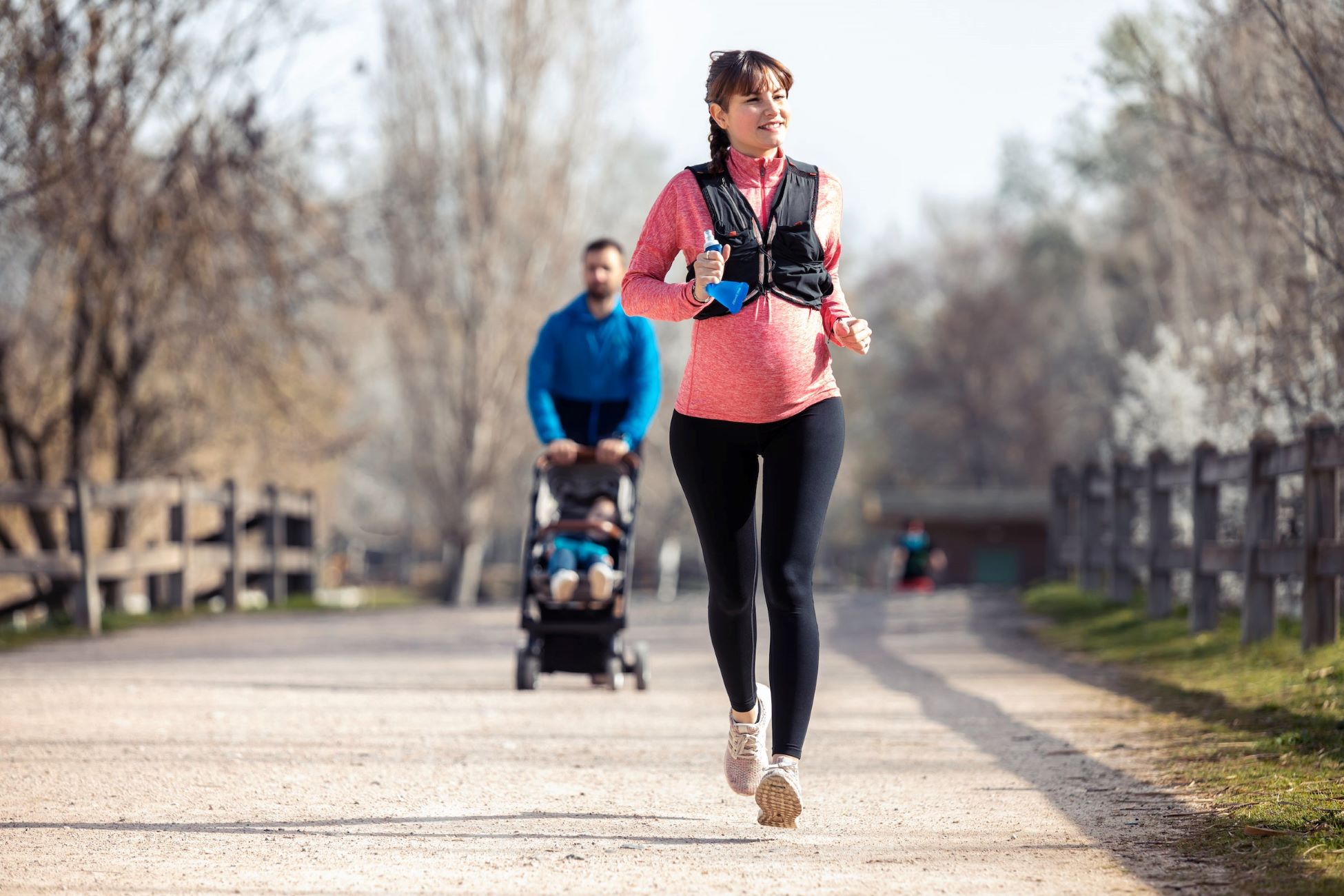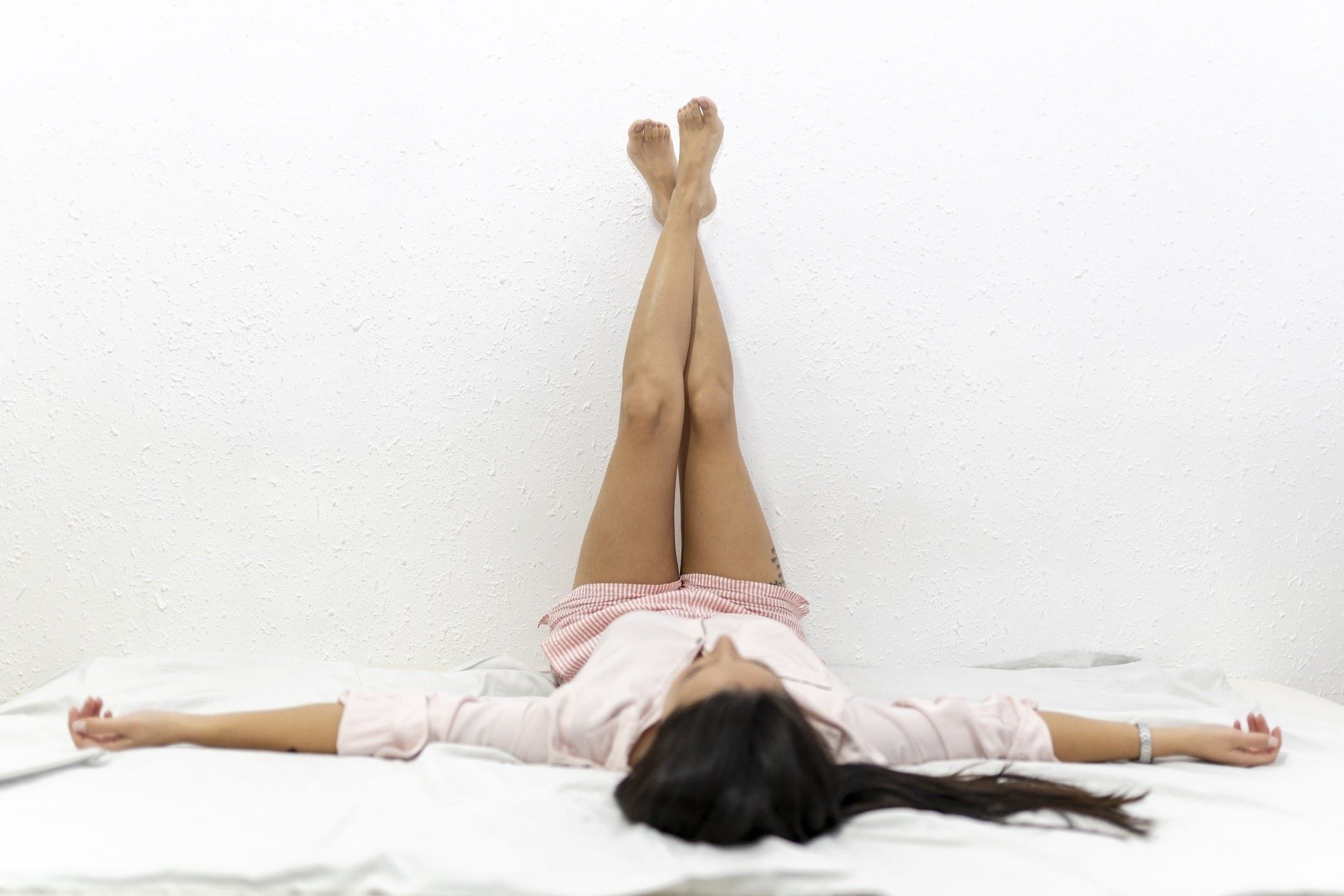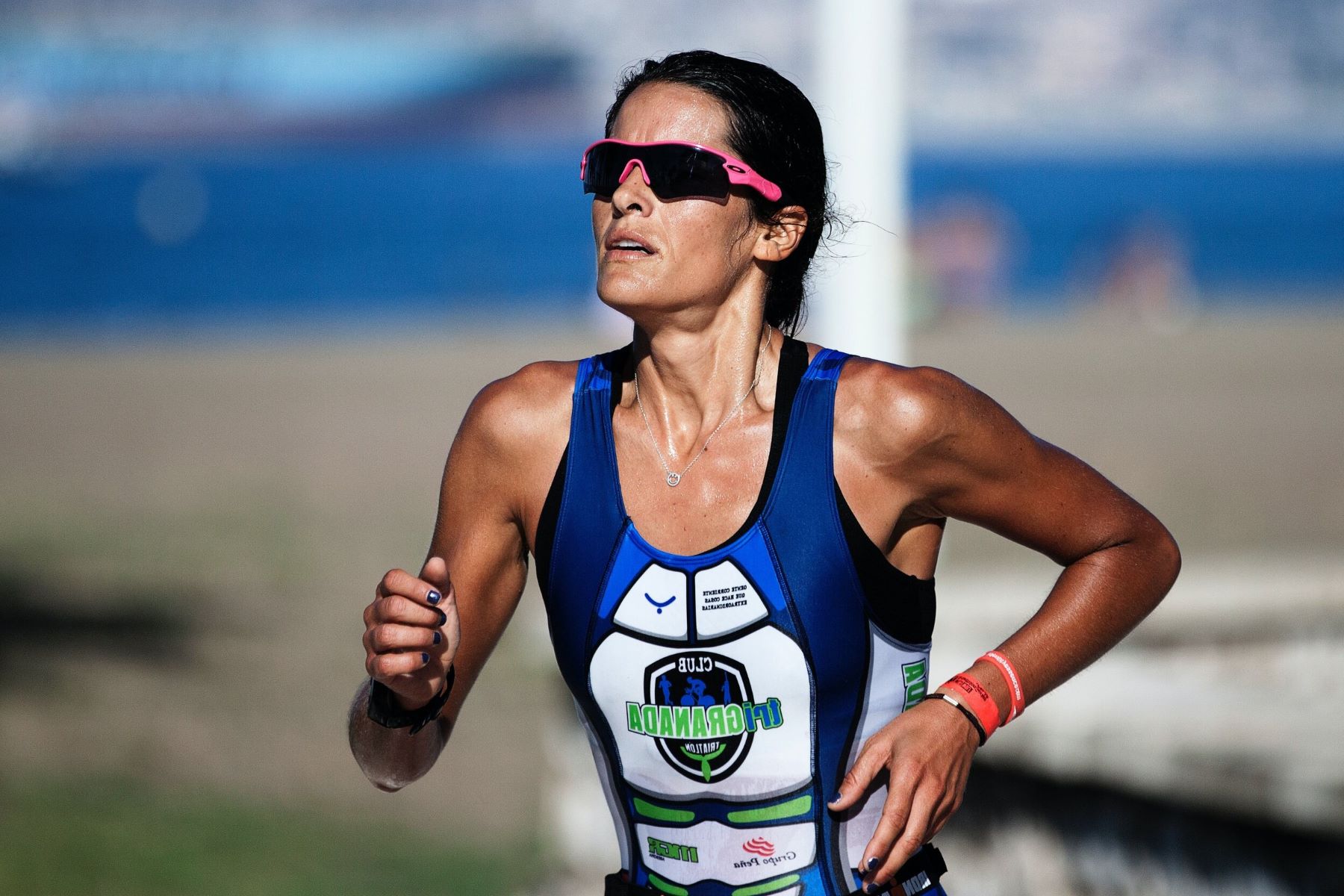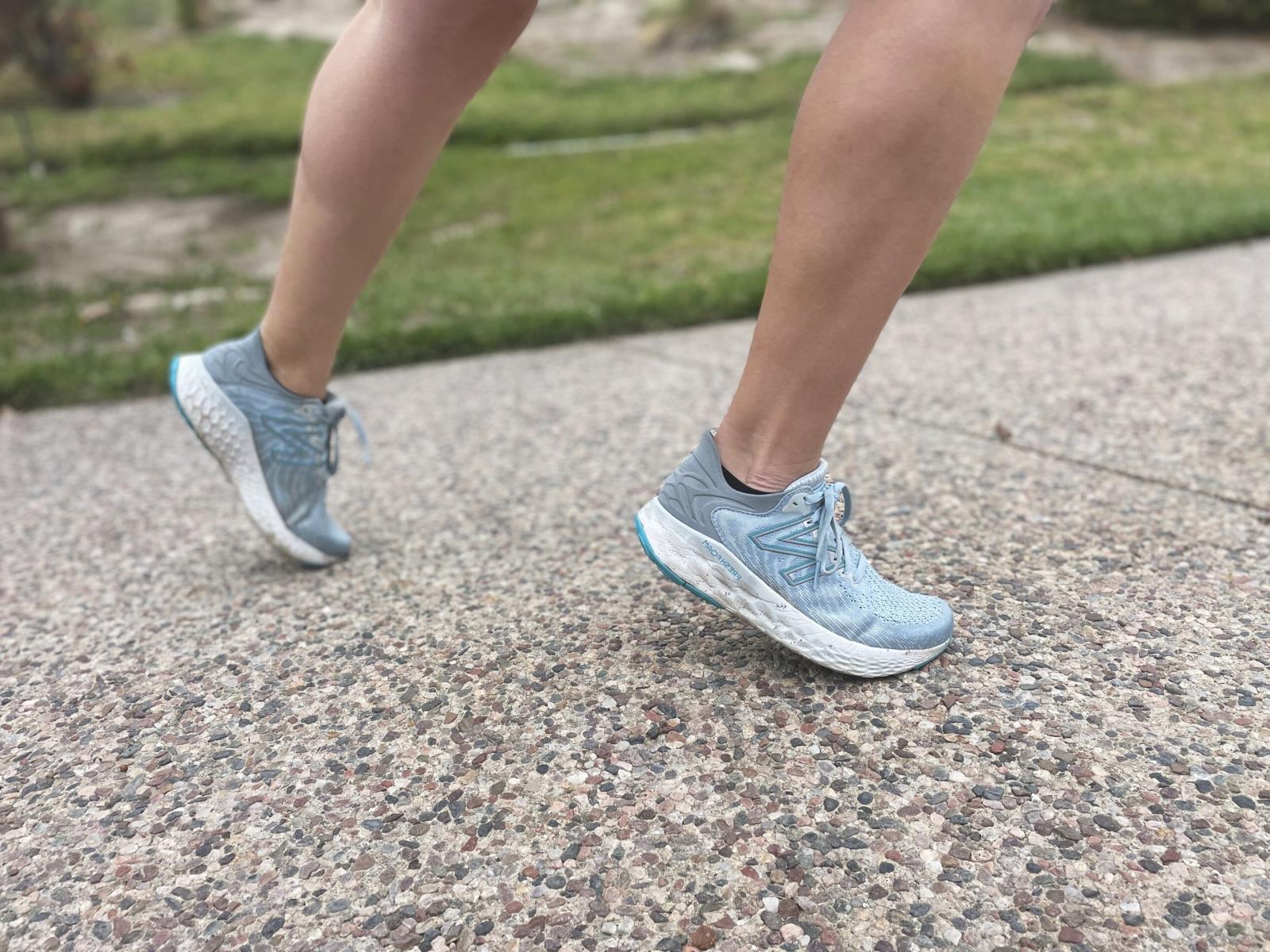Home>Health & Nutrition>Injury Prevention>How Does Leg-length Discrepancy Contribute To Knee Pain During Running?
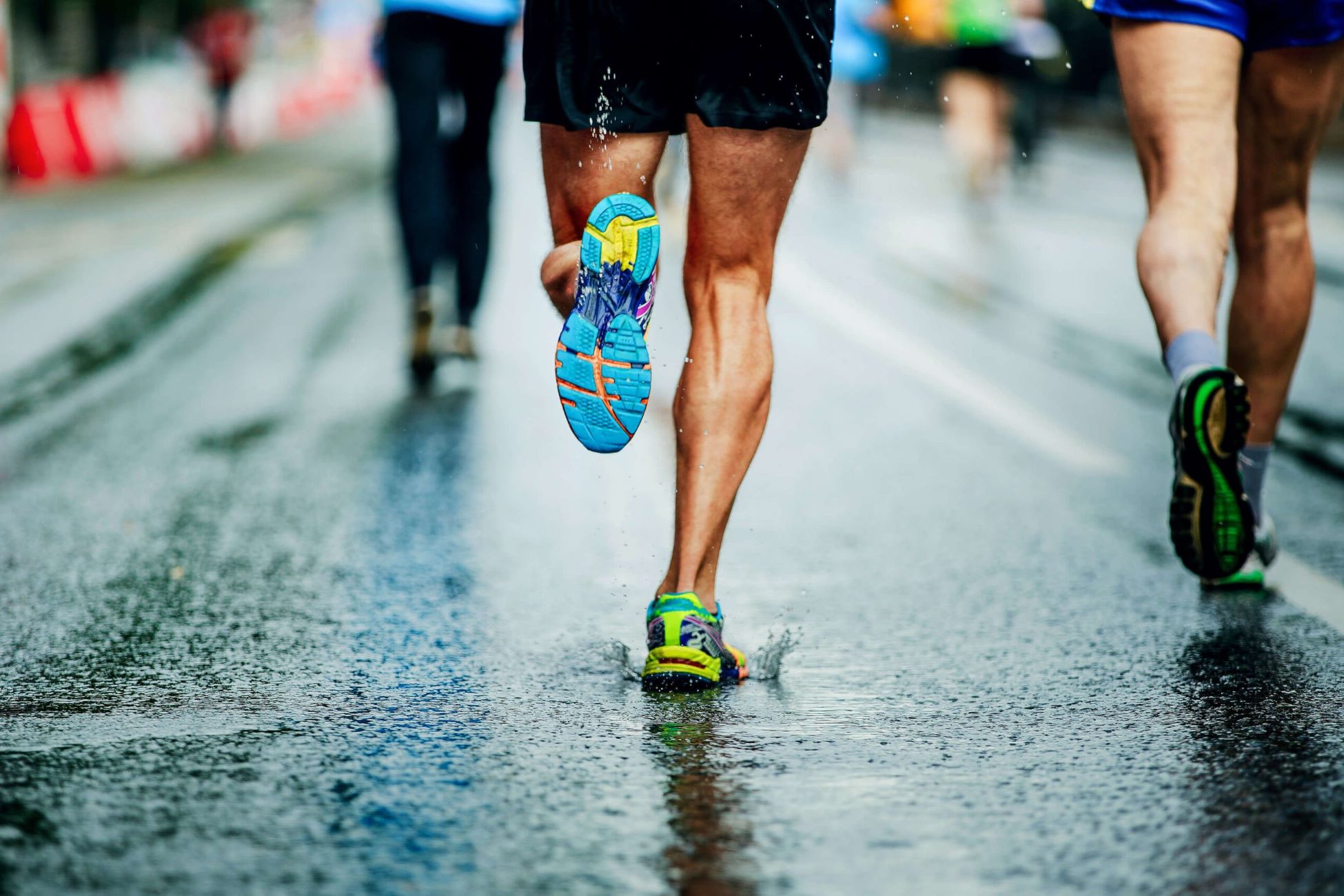

Injury Prevention
How Does Leg-length Discrepancy Contribute To Knee Pain During Running?
Published: February 24, 2024
Learn how leg-length discrepancy can lead to knee pain during running and discover injury prevention strategies to help alleviate discomfort.
(Many of the links in this article redirect to a specific reviewed product. Your purchase of these products through affiliate links helps to generate commission for Therunningadvisor.com, at no extra cost. Learn more)
Table of Contents
Understanding Leg-Length Discrepancy
Leg-length discrepancy (LLD) refers to a condition in which one leg is shorter than the other. This inequality in leg length can occur due to various reasons, including genetics, bone fractures, joint replacements, or developmental issues during childhood. LLD can be categorized as either structural, where the actual length of the bones is different, or functional, where the discrepancy arises from factors such as muscle imbalances or joint contractures.
Structural LLD is often a result of anatomical variations in the length of the femur, tibia, or both, while functional LLD can stem from muscle weakness or tightness, joint stiffness, or even poor posture. It's important to note that a slight difference in leg length is common and may not necessarily lead to noticeable issues. However, significant LLD can impact an individual's biomechanics, potentially leading to discomfort or pain, particularly during weight-bearing activities such as running.
Understanding the specific magnitude of the leg-length inequality is crucial in determining its potential impact on an individual's musculoskeletal health. Even a small LLD can disrupt the body's natural alignment, affecting the pelvis, spine, and lower extremities. This misalignment can trigger compensatory mechanisms, potentially causing asymmetrical movement patterns and placing undue stress on certain joints and soft tissues.
In the context of running, LLD can significantly influence an individual's gait mechanics. The body strives to adapt to the leg-length inequality, often resulting in altered stride length, foot strike patterns, and overall movement symmetry. These compensatory adjustments may lead to increased loading on one side of the body, potentially predisposing the individual to overuse injuries and discomfort, particularly in the lower limbs.
By comprehending the nuances of leg-length discrepancy, individuals and healthcare professionals can better appreciate its potential impact on musculoskeletal function and overall movement patterns. This understanding serves as a foundational element in devising effective strategies to manage and mitigate the potential consequences of LLD, particularly in the context of activities like running.
Read more: 4 Common Causes Of Knee Pain After Running
The Impact of Leg-Length Discrepancy on Running Mechanics
Leg-length discrepancy (LLD) can exert a profound influence on an individual's running mechanics, significantly altering the body's movement patterns and biomechanical dynamics. When an individual with LLD engages in running, the body undergoes a series of adaptations to accommodate the leg-length inequality, ultimately affecting the entire kinetic chain.
One of the primary consequences of LLD on running mechanics is the alteration of stride length and frequency. In an attempt to compensate for the uneven leg lengths, individuals with LLD may exhibit asymmetrical gait patterns, where the stride length on the longer leg is different from that on the shorter leg. This discrepancy in stride length can lead to an imbalance in the distribution of forces during each step, potentially predisposing the individual to overuse injuries and discomfort.
Furthermore, LLD can impact foot strike patterns during running. The leg-length inequality may prompt the individual to adopt compensatory measures, such as altering the foot strike angle or position to mitigate the effects of the imbalance. These adjustments can disrupt the natural biomechanics of the lower limbs, potentially leading to inefficient energy transfer and increased stress on the joints and soft tissues.
Additionally, the presence of LLD can lead to altered pelvic and trunk movements during running. The body strives to maintain a semblance of balance and stability despite the leg-length inequality, often resulting in compensatory movements in the pelvis and trunk. These compensations can lead to asymmetrical loading on the lower limbs, potentially contributing to muscular imbalances and overuse injuries over time.
Moreover, LLD can influence the overall symmetry of movement during running. The body's attempt to adapt to the leg-length inequality can result in an asymmetrical running gait, where one side of the body experiences different loading and movement patterns compared to the other. This asymmetry can lead to an increased risk of injuries, particularly in the lower back, hips, and lower extremities.
In essence, the impact of LLD on running mechanics extends beyond mere leg-length inequality, permeating the entire kinetic chain and influencing various aspects of gait and movement. By understanding these intricate biomechanical adaptations, individuals and healthcare professionals can better appreciate the potential implications of LLD on running performance and injury risk, paving the way for targeted interventions and management strategies to optimize musculoskeletal function during running activities.
How Leg-Length Discrepancy Affects Knee Alignment
Leg-length discrepancy (LLD) exerts a notable influence on knee alignment, potentially leading to biomechanical alterations that can impact the overall function and health of the knee joint. When an individual experiences LLD, the unequal leg lengths can disrupt the natural alignment of the lower extremities, subsequently affecting the distribution of forces and loads experienced by the knees during weight-bearing activities.
In the presence of LLD, the longer leg may bear a disproportionate amount of weight and forces compared to the shorter leg. This imbalance in weight distribution can lead to altered knee alignment, potentially predisposing the knee joint to increased stress and strain. As a result, the knee on the longer leg may experience greater compressive forces and shear stresses during activities such as running, potentially contributing to discomfort, overuse injuries, or even structural changes over time.
Moreover, LLD can prompt compensatory mechanisms that impact knee alignment. The body strives to adapt to the leg-length inequality, often leading to altered movement patterns and loading dynamics. These compensations can manifest as changes in knee position and tracking during weight-bearing activities, potentially leading to abnormal stress on the knee joint and its surrounding structures.
Furthermore, the altered biomechanics resulting from LLD can influence the patellar tracking and alignment. The patella, or kneecap, plays a crucial role in knee function, serving as a fulcrum for the quadriceps muscles and contributing to the efficiency of knee movement. In the presence of LLD, the altered biomechanics can disrupt the natural patellar tracking, potentially leading to malalignment and increased risk of conditions such as patellofemoral pain syndrome.
Additionally, LLD can impact the overall stability and control of the knee joint. The unequal leg lengths can lead to asymmetrical loading and movement patterns, potentially compromising the stability of the knee joint during weight-bearing activities. This instability can increase the susceptibility of the knee joint to injuries and discomfort, particularly during activities that involve repetitive or high-impact movements.
In essence, the presence of leg-length discrepancy can significantly affect knee alignment, potentially leading to altered biomechanics, increased stress on the knee joint, and a heightened risk of discomfort and overuse injuries. Understanding these implications is crucial in devising targeted interventions and management strategies to optimize knee function and mitigate the potential consequences of LLD on knee alignment and overall musculoskeletal health.
The Relationship Between Leg-Length Discrepancy and Knee Pain
The relationship between leg-length discrepancy (LLD) and knee pain is multifaceted, encompassing biomechanical, structural, and functional implications that can significantly impact the overall health and function of the knee joint. When an individual experiences LLD, the resulting inequality in leg lengths can exert notable effects on the biomechanics and loading dynamics of the lower extremities, potentially predisposing the individual to discomfort and pain in the knees, particularly during weight-bearing activities such as running.
One of the primary mechanisms through which LLD contributes to knee pain is the alteration of biomechanics and loading patterns. The unequal leg lengths can lead to asymmetrical movement patterns and loading dynamics, potentially placing excessive stress on the knee joint. This asymmetry in loading can lead to increased wear and tear on the knee structures, potentially contributing to discomfort, overuse injuries, and conditions such as patellofemoral pain syndrome.
Moreover, the presence of LLD can lead to altered knee alignment and tracking, further exacerbating the risk of knee pain. The unequal leg lengths can prompt compensatory mechanisms that impact the alignment and stability of the knee joint during weight-bearing activities. This altered alignment can lead to abnormal stress on the knee structures, potentially contributing to discomfort and a heightened risk of injuries, particularly in the context of repetitive or high-impact movements.
Furthermore, LLD can influence the distribution of forces experienced by the knees during activities such as running. The longer leg may bear a disproportionate amount of weight and forces compared to the shorter leg, potentially leading to increased stress on the knee joint. This imbalance in force distribution can contribute to discomfort and overuse injuries, particularly in individuals engaged in regular running or other weight-bearing exercises.
In essence, the relationship between LLD and knee pain is characterized by the intricate interplay of altered biomechanics, asymmetrical loading, and potential structural implications that can impact the overall health and function of the knee joint. By understanding these relationships, individuals and healthcare professionals can better appreciate the potential implications of LLD on knee pain, paving the way for targeted interventions and management strategies to optimize knee function and mitigate the potential consequences of leg-length inequality on knee health.
Strategies for Managing Knee Pain Related to Leg-Length Discrepancy
Managing knee pain related to leg-length discrepancy (LLD) involves a comprehensive approach aimed at addressing the underlying biomechanical implications and mitigating the potential discomfort and risk of injuries associated with leg-length inequality. By implementing targeted strategies, individuals and healthcare professionals can optimize knee function and enhance musculoskeletal health in the presence of LLD.
One of the primary strategies for managing knee pain related to LLD involves the implementation of tailored exercise regimens. These regimens focus on addressing muscular imbalances, enhancing flexibility, and improving overall lower limb strength. By targeting specific muscle groups and movement patterns, individuals can mitigate the compensatory mechanisms associated with LLD, subsequently reducing the risk of discomfort and overuse injuries in the knees. Additionally, incorporating exercises that promote proper alignment and stability can contribute to optimizing knee function and minimizing the impact of leg-length inequality on knee health.
Furthermore, the utilization of orthotic interventions can play a pivotal role in managing knee pain related to LLD. Customized orthotic devices, such as shoe inserts or heel lifts, can help address the leg-length inequality, providing support and promoting more symmetrical movement patterns during weight-bearing activities. These interventions aim to optimize the distribution of forces experienced by the knees, potentially reducing the risk of discomfort and overuse injuries associated with LLD. By providing support and promoting more balanced biomechanics, orthotic interventions can contribute to enhancing knee function and mitigating the potential consequences of leg-length inequality on knee health.
In addition to exercise regimens and orthotic interventions, manual therapies and targeted rehabilitation programs can be instrumental in managing knee pain related to LLD. Modalities such as soft tissue mobilization, joint mobilization, and proprioceptive training can help address the biomechanical implications of leg-length inequality, promoting improved movement patterns and reducing the risk of discomfort and injuries in the knees. Moreover, targeted rehabilitation programs tailored to the specific needs of individuals with LLD can contribute to optimizing lower limb function, enhancing stability, and mitigating the potential impact of leg-length inequality on knee health.
By implementing these strategies in a comprehensive and targeted manner, individuals and healthcare professionals can effectively manage knee pain related to leg-length discrepancy, optimizing knee function, and mitigating the potential consequences of leg-length inequality on musculoskeletal health. These strategies aim to address the underlying biomechanical implications of LLD, promoting optimal movement patterns, and reducing the risk of discomfort and injuries in the knees, ultimately enhancing the overall well-being of individuals with leg-length inequality.



